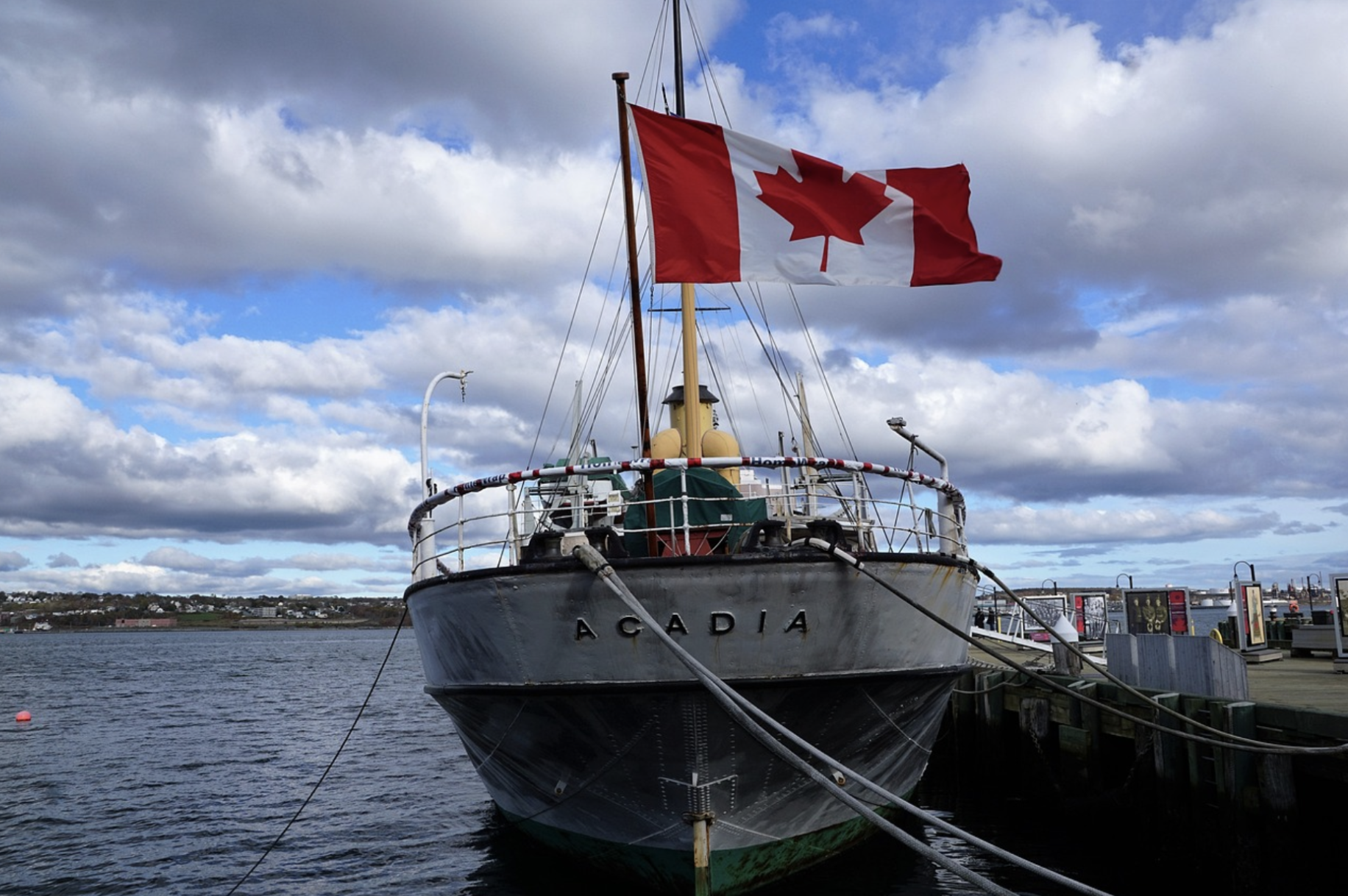
[객원 에디터 5기 / 민찬홍 기자] On Tuesday, a submersible from the tourist firm OceanGate sank, which had the company’s CEO Stockton Rush on board, reportedly lost contact about 1 hour and 45 minutes into its descent. Its size was described to be similar to that of a minivan. However, although there were previous attempts to recover the submersible and the passengers inside, the titan reportedly imploded, killing all 5 passengers on board. A ticket to join the trip amounted to $250,000, revealing its exclusivity. The firm reported that all possible options to recover the vessel and the passengers were thoroughly explored.
The vessel, which is identified as OceanGate’s “Titan” submersible, is reportedly supplied with 4 days worth of emergency oxygen supply. As time began to run out, OceanGate additionally stated that its “entire focus [was] on the crewmembers in the submersible and their families.” The vessel weighs 23,000 lbs, and can reach depths of 13,100 ft. CBS reporter David Pouge, who has first handedly experienced the trip, stated that the crew likely had no way to communicate to areas onshore, as neither GPS nor radio can work underwater. However, Pogue also stated “When the support ship is directly over the sub, they can send short text messages back and forth” and that “There’s no way to escape, even if you rise to the surface by yourself.”
During the search, the search and rescue crews who were using sonar detected banging sounds every 30 minutes. After 4 hours, as more sonar devices were used, the banging was still audible. Still, Oceangate reported that they had no crucial information to share. Authorities reported and emphasized the importance of the continued use of these sonar technologies in the hopes of quickly recovering the passengers or to re-establish communication with them. Captain Bobbie Scholley, a former U.S. Navy diver, suggested that “The hard part is finding the submersible, there are all sorts of situations of how to get that submersible to the surface, and rescue the crew.” Despite the best efforts of the international rescue coalition, no conclusive results have yet been found. U.S. Coast Guard Captain Jamie Frederick noted that the “[u]nique” and “challenging” effort to recover the ship has united the U.S.’ “best experts.”
A few days after the search commenced, the US Navy reported a sound that was “consistent with an explosion”. Later on, the loss and destruction of the water vessel was then confirmed after a huge search. The implosion was believed to have been caused by the enormous pressure that was acting upon the vessel due to its water depth. Reportedly, the force that was acting upon the vessel was equivalent to the weight of the Eiffel tower. Although the vessel was built to withstand pressure due to both its shape and material, the pressure overcame the structure, destroying the submersible. OceanGate’s co-founder Guillermo Sohnlein stated “There are teams on site that are still going to be collecting data for the next few days, weeks, maybe months, and it’s going to be a long time before we know exactly what happened down there”, urging people to not rush towards false conclusions. However, there were many notable instances of experts warning the CEO that he was putting himself and the other passengers in danger. Member of Marine Technology Society and Divemaster Rob Callum wrote to the industry that “As much as I appreciate entrepreneurship and innovation, you are potentially putting an entire industry at risk.”
Sources: NBC news, BBC news, CNN news





